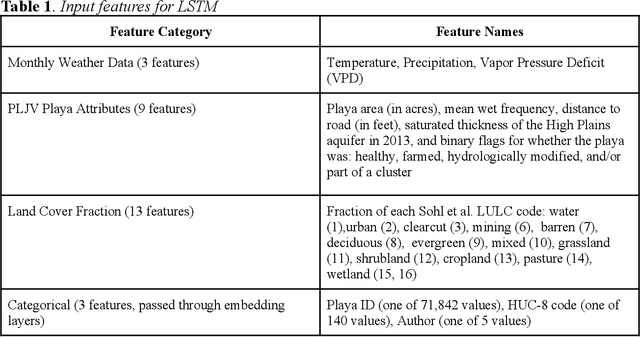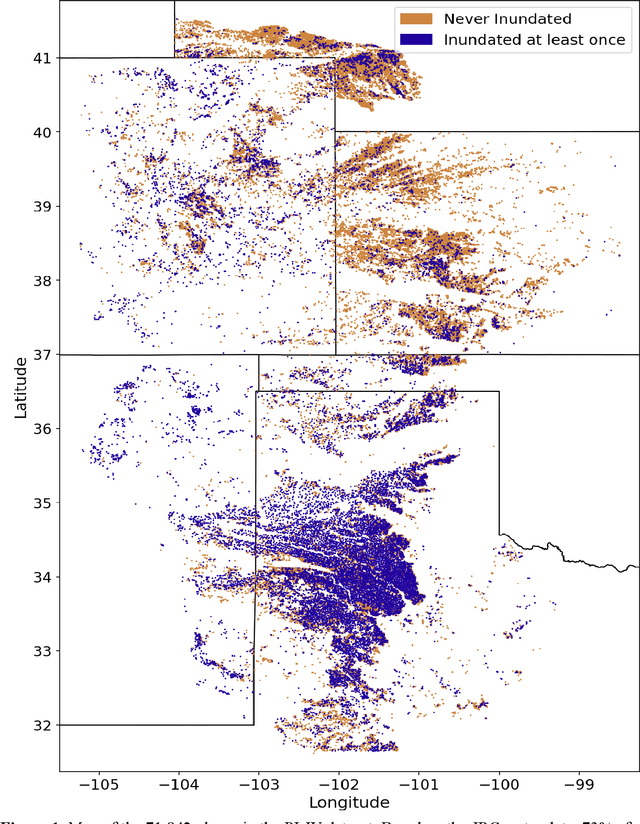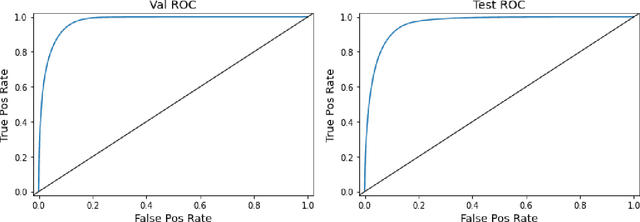Kylen Solvik
4D-Var using Hessian approximation and backpropagation applied to automatically-differentiable numerical and machine learning models
Aug 05, 2024



Abstract:Constraining a numerical weather prediction (NWP) model with observations via 4D variational (4D-Var) data assimilation is often difficult to implement in practice due to the need to develop and maintain a software-based tangent linear model and adjoint model. One of the most common 4D-Var algorithms uses an incremental update procedure, which has been shown to be an approximation of the Gauss-Newton method. Here we demonstrate that when using a forecast model that supports automatic differentiation, an efficient and in some cases more accurate alternative approximation of the Gauss-Newton method can be applied by combining backpropagation of errors with Hessian approximation. This approach can be used with either a conventional numerical model implemented within a software framework that supports automatic differentiation, or a machine learning (ML) based surrogate model. We test the new approach on a variety of Lorenz-96 and quasi-geostrophic models. The results indicate potential for a deeper integration of modeling, data assimilation, and new technologies in a next-generation of operational forecast systems that leverage weather models designed to support automatic differentiation.
Predicting Playa Inundation Using a Long Short-Term Memory Neural Network
Oct 16, 2020



Abstract:In the Great Plains, playas are critical wetland habitats for migratory birds and a source of recharge for the agriculturally-important High Plains aquifer. The temporary wetlands exhibit complex hydrology, filling rapidly via local rain storms and then drying through evaporation and groundwater infiltration. Using a long short-term memory (LSTM) neural network to account for these complex processes, we modeled playa inundation for 71,842 playas in the Great Plains from 1984-2018. At the level of individual playas, the model achieved an F1-score of 0.538 on a withheld test set, displaying the ability to predict complex inundation patterns. When averaging over all the playas in the entire region, the model is able to very closely track inundation trends, even during periods of drought. Our results demonstrate potential for using LSTMs to model complex hydrological dynamics. Our modeling approach could be used to model playa inundation into the future under different climate scenarios to better understand how wetland habitats and groundwater will be impacted by changing climate.
 Add to Chrome
Add to Chrome Add to Firefox
Add to Firefox Add to Edge
Add to Edge